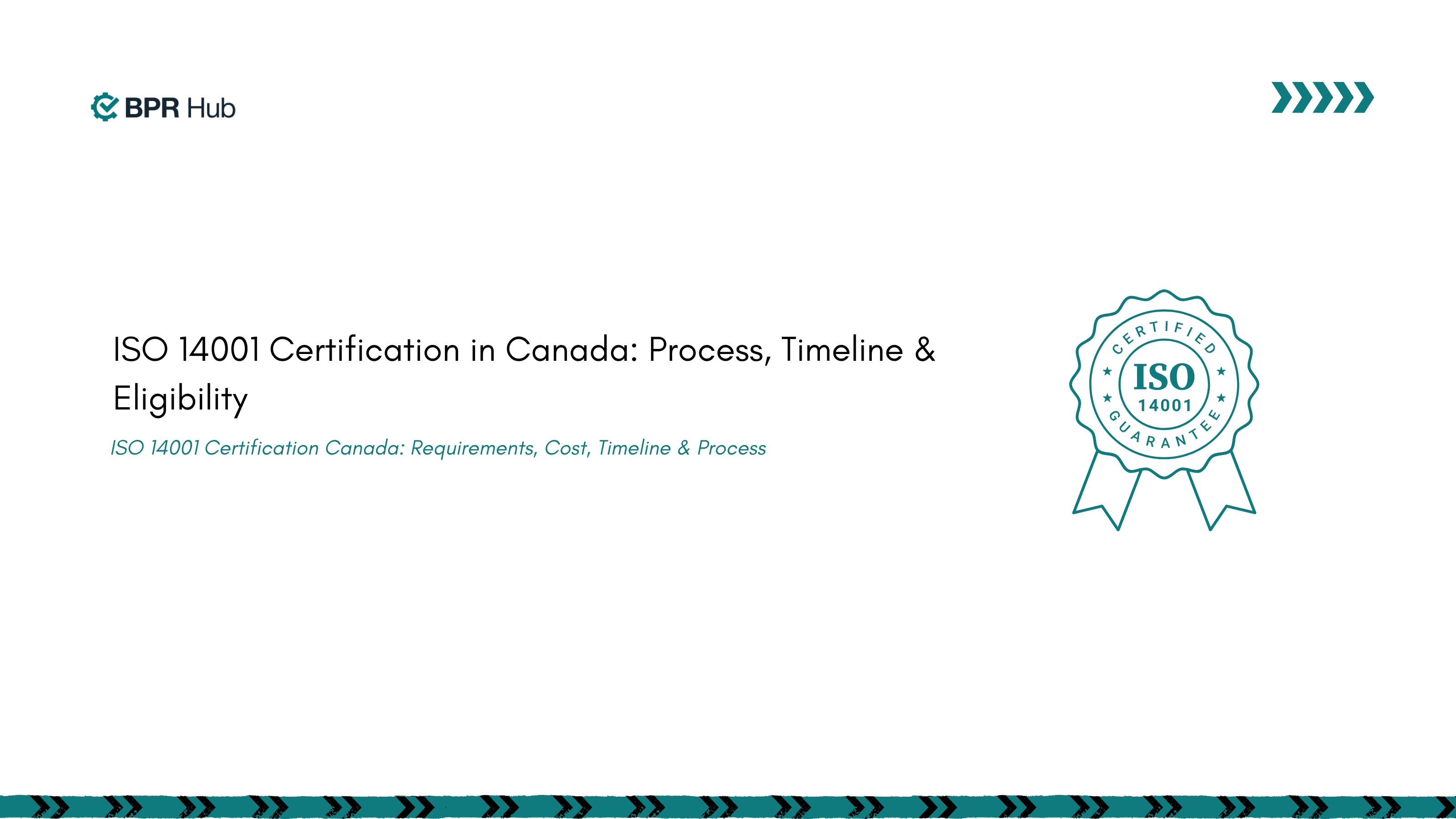From product recalls to regulatory audits, today’s manufacturers operate under relentless scrutiny. The cost of non-compliance has never been higher and audit readiness is now a core business lever, not just a checkbox. For manufacturers, an ISO audit is more than a test of compliance; it’s a stress test for how seriously your company takes operational discipline, risk management, and scalable growth. According to the latest ISO Survey, over 1.5 million organizations worldwide now operate under ISO standards. The message is clear: standards are the new baseline for credibility, customer trust, and market access.
This guide breaks down exactly what an ISO audit is, why it matters, and how to get audit-ready using a practical ISO audit checklist. Whether you’re preparing for your first audit or aiming to embed audit readiness into daily operations, you’ll see how BPR Hub’s helps with actionable steps here to turn compliance into your next growth milestone.
What Is an ISO Audit?
An ISO audit is a structured, independent review of your systems, processes, and documentation against international standards. ISO standards like ISO 9001 for quality management, ISO 14001 for environmental management, and ISO 27001 for information security, set the bar for operational excellence across industries.
Internal teams conduct ISO internal audits to identify gaps and risks before an external review. Accredited third-party auditors handle external audits for standards. Both are essential for surfacing process gaps, driving continuous improvement, and building trust with customers and regulators.
Internal audits are not just a formality, they are the critical bridge to a successful external audit. By rigorously reviewing your own systems, processes, and documentation, internal audits allow you to proactively uncover and address gaps before an external auditor arrives. This cycle of self-assessment and corrective action transforms audit readiness from a last-minute scramble into a continuous state of preparedness. As a result, when the external audit takes place, your organization is not only compliant but confident, making certification a validation of your efforts rather than a stressful hurdle.
ISO Audits Are More Than a Checkbox
- Validate that your systems and processes meet recognized international standards.
- Uncover operational inefficiencies and risks before they escalate.
- Build trust with customers, partners, and regulators by proving your commitment to quality and safety.
- Enable entry into new markets where ISO compliance is a prerequisite.
Bottom line: Internal audits prepare you for certification, but only accredited third-party auditors can issue valid ISO certificates. Both audit types are vital for continuous improvement and compliance.
Why Is an ISO Audit Important?

ISO audits are about more than passing an inspection. They validate that your systems meet global standards, reveal hidden risks, and build a foundation for operational discipline. Audit results drive trust with customers and regulators. Teams spot and eliminate inefficiencies, reducing waste and rework. Regular audits create a culture of continuous improvement and open doors to new markets.
Compliance Assurance: They confirm whether your organization meets ISO requirements, exposing weak spots and non-conformities before they become costly issues.
Risk Management: Audits identify and help mitigate operational and reputational risks, supporting robust risk management strategies.
Credibility Enhancement: Successfully passing an ISO audit signals to customers, suppliers, and regulators that you’re committed to quality and compliance, enhancing your market reputation.
Efficiency Improvement: By scrutinizing processes and documentation, audits uncover inefficiencies and promote better resource utilization.
Continuous Improvement: Regular audits foster a culture of ongoing improvement and operational excellence.
Before BPR Hub:
Audit season meant chaos. Teams spent weeks hunting down SOPs, policies, and training logs buried across disconnected systems. Compliance managers crossed fingers that nothing critical had slipped through the cracks.
After BPR Hub:
Compliance data lives in one centralized platform, always audit-ready, version-controlled, and instantly searchable. No more fire drills. No more surprises. Just a calm, confident audit process, no matter how many standards you manage
Ready to eliminate last-minute audit chaos?
📍 Book a Demo
📧 hello@bprhub.com
What Are the Types of ISO Audits?
Manufacturers encounter three main types of ISO audits, each serving a specific purpose:
How Can ISO Audits Be Conducted?
A structured approach ensures that the ISO audit process remains thorough and impartial:
Planning and Preparation
- Define the audit scope, including which processes, departments, or standards will be reviewed.
- Develop a tailored ISO audit checklist based on the relevant standard, such as ISO 9001 or ISO 14001.
- Schedule the audit and inform all stakeholders.
Conducting the Audit
- Review documentation, including policies, procedures, and records.
- Interview key personnel to assess understanding and implementation.
- Observe operations to verify that documented procedures are followed.
Reporting and Follow-Up
- Document findings, including conformities, nonconformities, and opportunities for improvement.
- Prepare an audit report summarizing results.
- Develop and monitor corrective action plans.
- Hold a management review to evaluate outcomes and prioritize improvements.
Repeating this cycle for both internal and external audits keeps organizations ready for any compliance challenge and embeds a culture of continuous improvement.
5 Tips for Preparing for ISO Audit
Preparation sets the stage for a smooth, value-adding audit experience.
1. Understand the Relevant ISO Standard
- Study the requirements and how they apply to your business, whether focusing on ISO 9001 for quality or ISO 14001 for environmental management.
- Ensure the team understands what auditors will expect.
2. Conduct a Gap Analysis
- Compare current practices to the requirements of the standard.
- Identify and prioritize areas that need improvement.
3. Implement Corrective Actions
Address gaps with clear action plans, assigning responsibilities and deadlines.
Update documentation and provide training as needed.
4. Run a Thorough ISO Internal Audit
- Use the ISO audit checklist to simulate the external audit.
- Resolve any nonconformities before the official audit.
5. Hold a Management Review
- Engage leadership to review audit findings, corrective actions, and opportunities for improvement.
- Digital tools can centralize documentation, automate workflows, and track compliance in real time, reducing manual errors and ensuring audit readiness at all times.
See how companies managing ISO 9001, 14001, and 45001 standards use BPR Hub to stay perpetually audit-ready.
📍 Book a Demo
📧 hello@bprhub.com
What is an ISO Audit Checklist?
An ISO audit checklist acts as a structured guide for auditors and auditees, ensuring all requirements of a specific ISO standard are reviewed and documented.
Key Elements of an ISO Audit Checklist
- Audit scope and objectives
- Relevant ISO standard clauses
- Documentation and records to review
- Processes and controls to examine
- Questions for interviews and observations
- Sections for findings, evidence, and corrective actions
A well-crafted checklist is designed to the organization’s processes and the specific standard being audited. For instance, an ISO 9001 checklist emphasizes customer satisfaction, document control, and continual improvement, while an ISO 14001 checklist focuses on environmental aspects and compliance.
What Happens During an ISO Audit?
During an ISO audit, expect the following sequence:
Opening Meeting: Auditors introduce themselves and explain the audit scope and objectives.
Documented Evidence Review: Auditors examine policies, procedures, and records for alignment with the standard.
Process Evaluation: Auditors observe operations and interview staff to confirm that procedures are being followed.
Non-Conformity Reporting: Any gaps or non-conformities are documented and discussed with your team.
Closing Meeting: Auditors present findings and recommendations for corrective action
Corrective Actions: Teams address nonconformities and provide evidence for review.
For certification audits, the external auditor will recommend certification if all requirements are met, or request corrective actions if not.
How BPRHub Helps with ISO Audits
BPRHub empowers manufacturers to move from reactive compliance to audit-ready confidence.
- The Unified Compliance Framework manages multiple standards in one place, eliminating duplication and manual errors.
- Automated audit workflows make it easy to schedule, track, and execute both internal and external audits.
- Centralized documentation keeps all compliance records organized and accessible.
- Continuous audit readiness is achieved with unlimited checks and automated evidence collection.
- Expert support is available at every phase, from gap analysis to corrective actions.
Key-Takeaways
→ ISO audits provide a systematic review of compliance with international standards.
→ Manufacturers use internal, supplier, and external audits to build a strong compliance system.
→ Preparation involves understanding the standard and using a tailored ISO audit checklist.
→ The audit process covers documentation review, on-site assessments, and corrective actions.
→ BPRHub centralizes documentation and automates audit workflows for manufacturers.
→ Audits present opportunities to improve, reduce risk, and drive business growth.
FAQ
Q. Who performs ISO audits?
ISO audits may be conducted internally by trained personnel or externally by accredited certification bodies. Internal audits proactively check compliance, while external audits validate adherence for certification purposes.
Q. What is an ISO audit checklist?
An ISO audit checklist provides a structured guide detailing crucial audit areas, ensuring comprehensive evaluation during the audit process.
Q. What is needed for an ISO audit?
Preparing for an ISO audit involves comprehensive documentation, thorough knowledge of applicable standards, evidence of personnel training, historical audit records, and proof of continuous improvement.
Q. What is the difference between FDA and ISO?
FDA regulations specifically address US product safety standards for pharmaceuticals, medical devices, and food. ISO standards, international and voluntary, focus broadly on quality management (ISO 9001), environmental management (ISO 14001), and medical devices (ISO 13485).
Q. What are the different types of ISO audits?
Types of ISO audits include internal audits, external certification audits, surveillance audits to ensure ongoing compliance, and recertification audits conducted every three years.
Get insights that help you minimize risks and maximize profits.
Dive deeper into manufacturing compliance with our free resources.
We get it, compliance can get tough.
Here are some additional resources to help.
We get it, compliance can get tough. Here are some additional resources to help.
Get updates in your inbox

.svg)
%20(1).svg)


.jpg)
.jpg)

%20(1).svg)

.avif)

